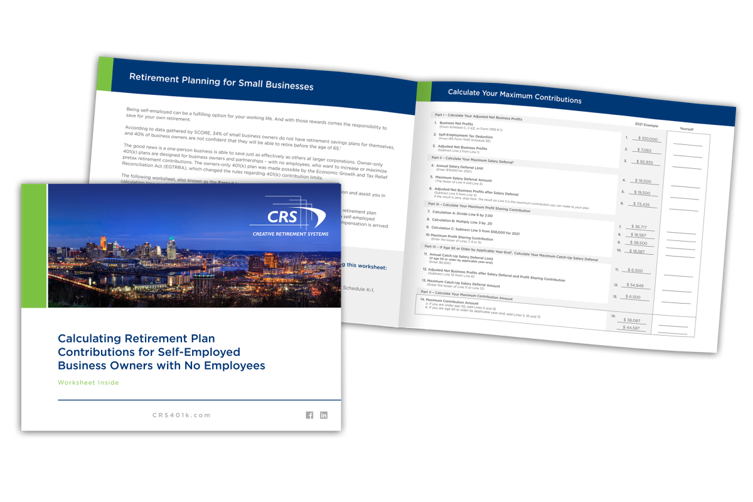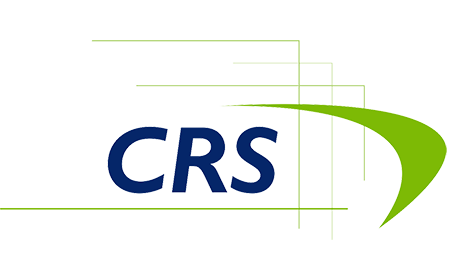Solo K Plans Need TPAs Too
When people think of what’s referred to as a “Solo K” plan, most often this is associated with reduced compliance, administration, or fiduciary risk to a plan sponsor. This is a complete myth and here’s why.
There’s No Such Thing as a Solo K Plan
The term Solo K plan, which has come to be synonymous with a one-participant 401(k) plan with no employees other than the owner, is an industry buzzword that does not exist in the ERISA code. Other references to these types of plans include Solo 401(k), Solo-k, Uni-k, or a One-participant k.
The DOL technically did not create a Solo K plan. They simply stated that if an employee does not have any employees, they are essentially the sole proprietor who is not required to file a Form 5500 unless the plan’s assets exceed $250,000 (which is problematic as we describe below).
A one-participant 401(k) plan is a traditional 401(k) plan covering a business owner with no employees, or that person and his or her spouse. These plans have the same rules and requirements as any other 401(k) plan.
Why Solo K Plans Need A TPA
The loose requirement for the filing of a Form 5500 has created a false perception in the country that servicing these plans is somehow different when it comes to compliance, specifically testing, and therefore doesn’t need the support of a TPA.
Some advisors open brokerage accounts for their clients and they sometimes overcontribute due to not having the oversight of a TPA. The most common example is forgetting about the cap on the employer contribution being 25% of your self-employment income or compensation.
Plan sponsors may look at the $66,000 contribution limit (the 401(k) with Profit Sharing threshold for owners under age 50 for 2023) and believe they can contribute a maximum of $66,000.
In reality, a business owner wears two hats in a 401(k) plan: employee and employer, and contributions can be made to the plan in both capacities. The owner can contribute:
- Elective deferrals up to 100% of compensation (“earned income” in the case of a self-employed individual) up to the annual contribution limit. ($22,500 for 2023 for those under age 50), plus
- Employer nonelective contributions up to 25% of compensation as defined by the plan, or for self-employed individuals.
You must make a special computation to determine the maximum amount of elective deferrals and nonelective contributions a business owner can make.
The Cost of Not Having a TPA
CRS has taken over many one-participant 401(k) plans and has found some to be riddled with problems that needed the guidance of an ERISA attorney to help solve them.
These new clients, for example, have had to spend upwards of $5,000 and even $10,000 to resolve their plan’s issues because there was a lack of oversight when it came to plan testing.
Overcontributing in a one-participant 401(k) plan is very easy to do that can result in an IRS Voluntary Correction.
Refer to our Earned Income Calculation Workbook here>>
Why “Solo K” Plans Should File a Form 5500
Even though you’re not required to file a Form 5500 in a one-participant 401(k) plan, CRS recommends that you do.
If a Form 5500 is not filed, then you will never start the statute of limitations on when a client’s plan can be audited. This means that any one-participant 401(k) plan, that does not file a Form 5500, may be audited back to 30 years, for example. This obviously creates many challenges to retroactively determining income and contribution calculations – and something that will incur a cost by a TPA or CPA.
Even though a one-participant plan with fewer assets than $250,000 may be exempt from the annual filing requirement, CRS files a Form 5500 on behalf of all of our clients.
In conclusion
A one-participant 401(k) plan must adhere to the exact same rules as a traditional 401(k) plan. While it may be slightly easier to set up a than a 401(k) plan with employees, these plans come with risk and need oversight.
Download our Sole Proprietor Contribution Calculator
Help your clients and prospects determine how much they can contribute to an owner-only 401(k) profit sharing plan in 2023. This resource walks you through the Earned Income Calculation. Download our workbook here.

Alex Powell has been in the retirement plan industry since 2014 and is our Regional Director of Sales in Southern Ohio, Indiana, and Kentucky. Alex can be reached via email at .





